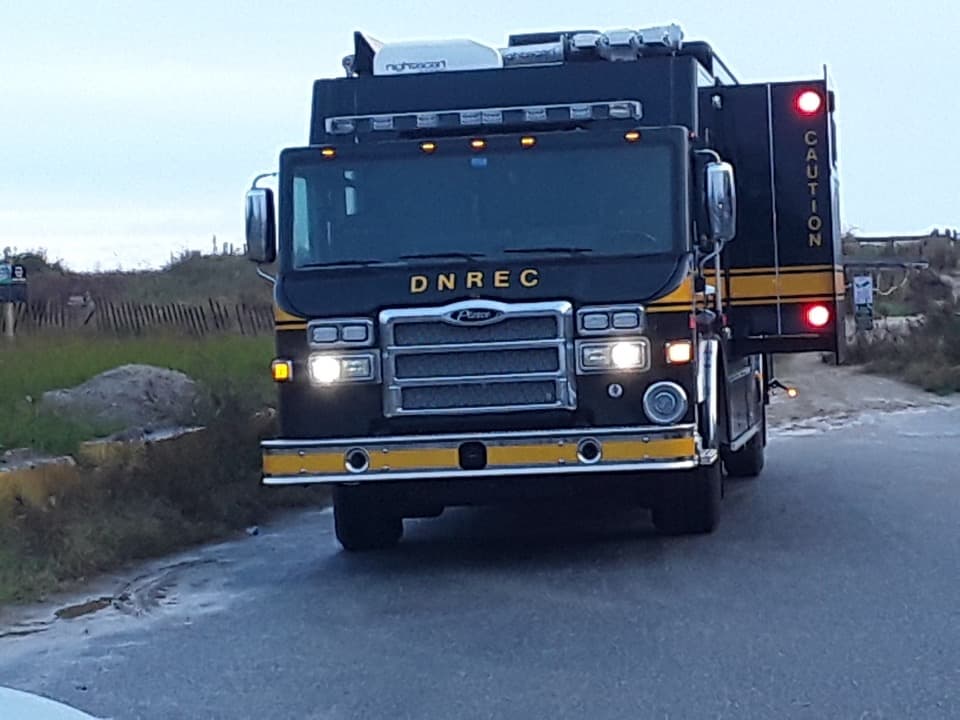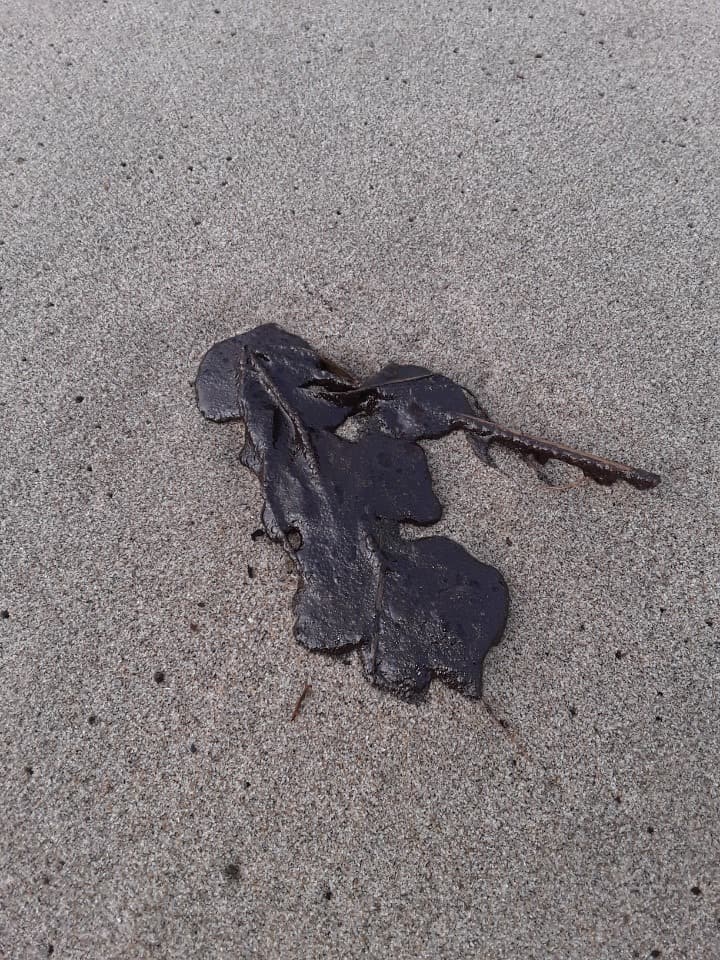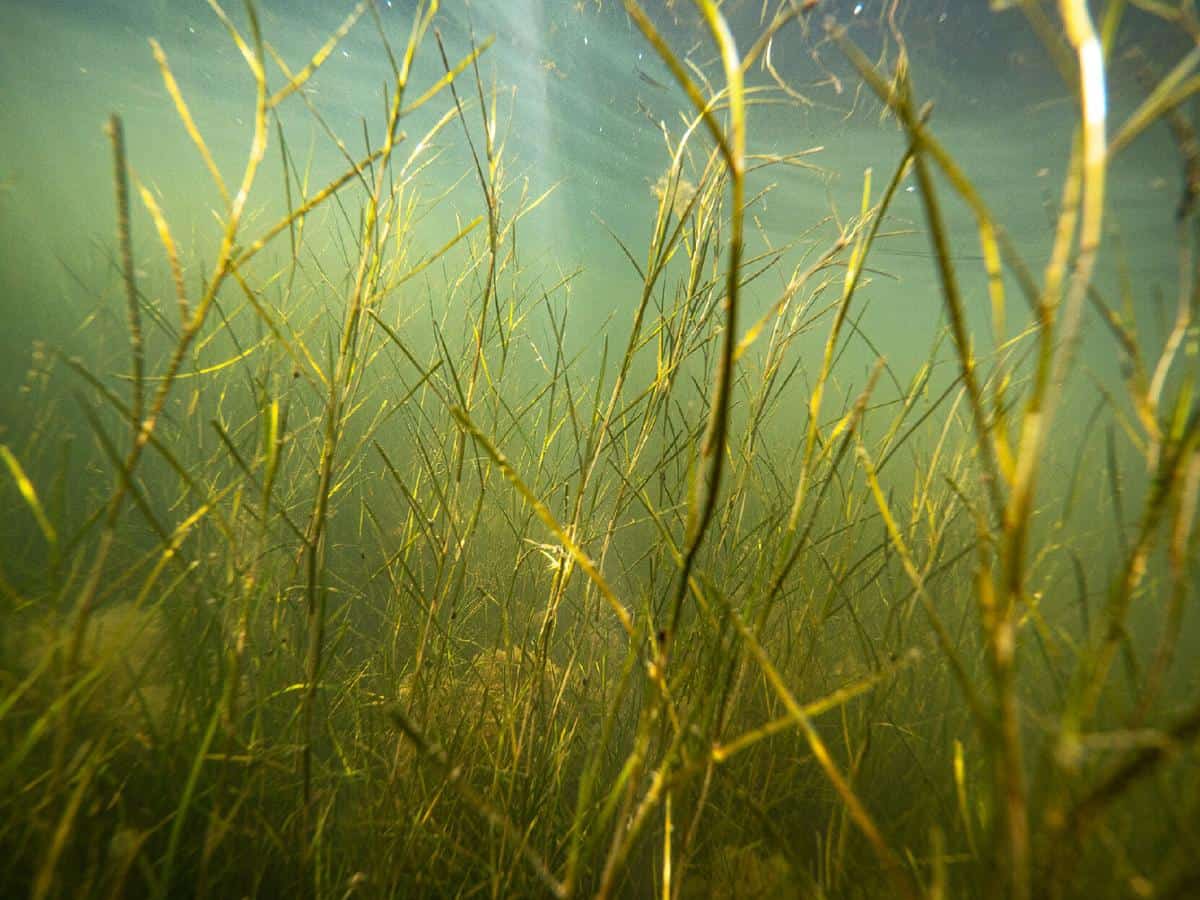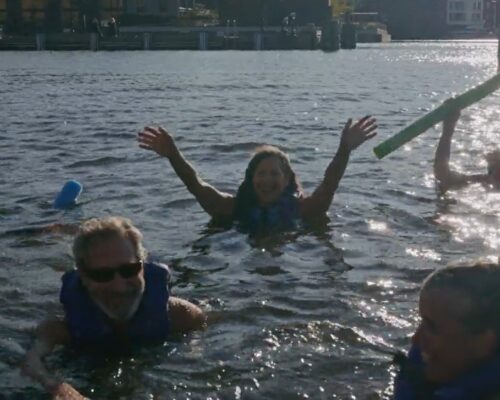At least five barrels’ worth of oil washed ashore on a Delaware Bay beach Monday, and the spill has already spread to the shores of Beach Plum Island near Cape Henlopen, the Roosevelt Inlet and Lewes, Delaware. Environmental leaders still don’t know where the oil is coming from, and they warn it could continue to spread.
The Delaware Department of Natural Resources and Environmental Control (DNREC) responded to the estimated 215-gallon spill at Broadkill Beach, about 15 miles north of Lewes. DNREC says the spill spanned three-quarters of a mile of coastline, dumping much of the oil that came ashore in the sand at Broadkill.
Delaware State Police helped DNREC’s Emergency Response team gauge the size of the spill with a reconnaissance flight by the aviation unit. DNREC provided samples of the oil to the U.S. Coast Guard Tuesday to be analyzed for a “petroleum fingerprint” that might determine its source.
Tuesday morning, the Coast Guard found “oil patties” ranging from the size of a quarter to as large as a manhole. By that time, the spill that stretched over three-quarters of coast had grown to seven to 10 miles of shoreline.

DNREC is working with the Coast Guard’s environmental contractor to clean up the spill. The effort is expected to take multiple days, as globs and pools of oil must be removed from beaches manually. “It is a very labor-intensive process, which involves shovels to remove tar balls and contaminated sand,” a DNREC spokesperson tells Bay Bulletin.
DNREC and USCG worked Tuesday to clean up as much oil as possible before the next outgoing tide spread the oil further down the coast. DNREC asks residents of coastal communities to contact DNREC’s environmental hotline (800-662-8802) to report any oil spotted either on- or offshore.
“The safety of the public, environment as well as the protection of wildlife are our top priorities,” said Capt. Jonathan Theel, Coast Guard commanding officer of Sector Delaware Bay. USCG also cautions beachgoers not to handle the oil patties.
-Meg Walburn Viviano




